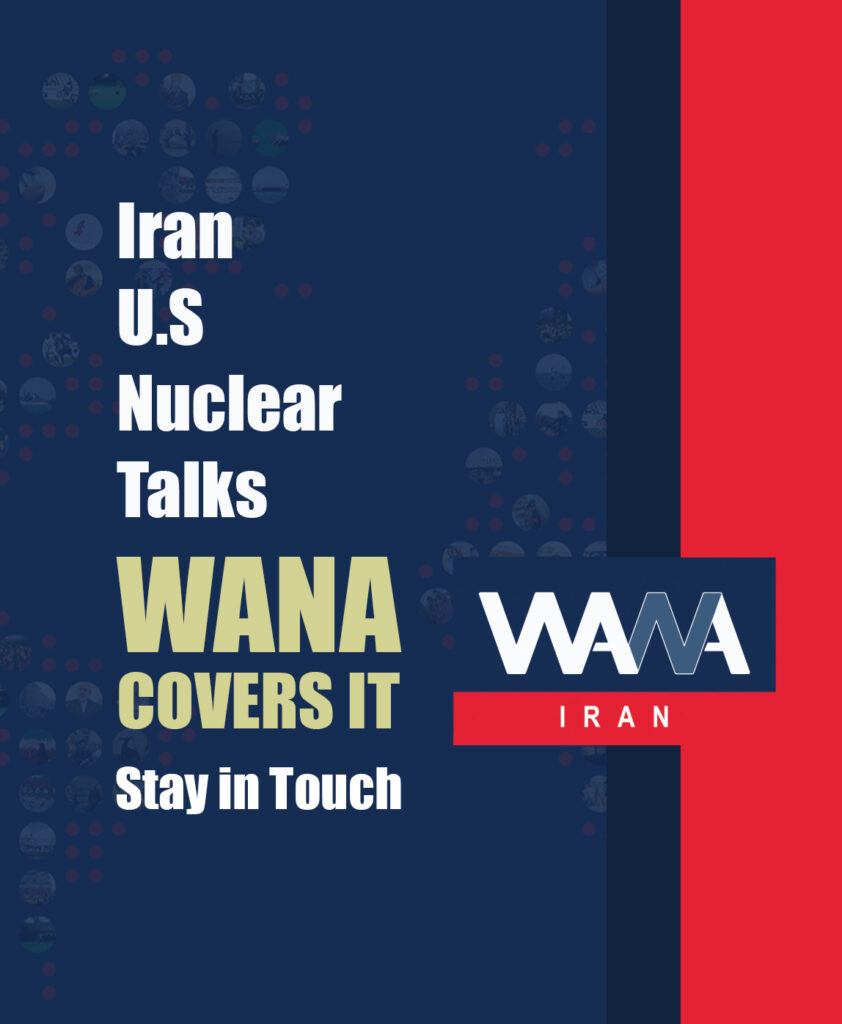China’s Port Development Strategy and Its Implications for Iran
WANA (Aug 19) — In 2013, China introduced the “Belt and Road Initiative” (BRI) as a strategic response to counter U.S. influence and secure its trade routes. The initiative was designed to overcome investment constraints and expand China’s global economic footprint. A key component of this strategy is the development of ports worldwide, aimed at bolstering economic, commercial, and potentially military capabilities in the long term.
Since then, China has significantly expanded its port development efforts across various geographic regions. The country has invested in 92 ports across 46 nations, totaling nearly $30 billion. This expansion includes notable projects in Oman, Sri Lanka, and several African countries. The focus on port development aligns with China’s broader strategy to enhance its economic and strategic presence globally.
For Iran, China’s port development strategy is in line with its own geopolitical goals, particularly in countering U.S. dominance. However, the growing involvement of regional competitors in China’s port projects threatens to undermine Iran’s strategic position. This dynamic prompts Iran to accelerate its own port development efforts to maintain its relevance in China’s strategic considerations.
China’s port development is characterized by significant operational and strategic dimensions. Since 2000, the country has actively invested in port infrastructure, particularly in South Asia and the Atlantic coastal regions of Africa. These investments not only enhance China’s global trade capabilities but also allow it to exert influence over key maritime routes, including those around the Indian Ocean, Arabian Sea, and the Horn of Africa.
One notable example is China’s military base in Djibouti, which opened in 2017 and holds a significant stake in the port’s infrastructure. This base plays a critical role in facilitating free trade in Djibouti and Ethiopia, highlighting China’s growing strategic footprint.
In Africa, China’s investments are enhancing its ability to project power in the Indian Ocean, the Arabian Sea, and the Horn of Africa. Chinese state banks have provided substantial loans for port developments, such as $500 million for Nouakchott Port in Mauritania and $759 million for Freetown Port in Sierra Leone. Additionally, China has established complex multilateral mechanisms through its cooperation framework with Central and Eastern European countries, exemplified by the development of Piraeus Port in Greece.
The Gulf states, Central Asia, the Caucasus (around the Caspian Sea), and Turkey are also pivotal in China’s port development strategy. Many Chinese projects are underway in these regions, which could affect Iran’s role.
For Iran, aligning its port development strategy with China’s broader geopolitical aims is crucial. While China’s expansion into the Atlantic and Caribbean regions aims to counter U.S. influence, Iran seeks to position itself strategically in this global contest. Iran must redefine its role in China’s port development initiatives to remain competitive with other regional players in West Asia, South Asia, and the Caspian region.
Concerns are rising that the rapid development of ports in these regions could marginalize Iran’s influence in China’s port strategy. As Iran navigates its position, it faces the challenge of asserting its significance amidst increasing regional competition.












